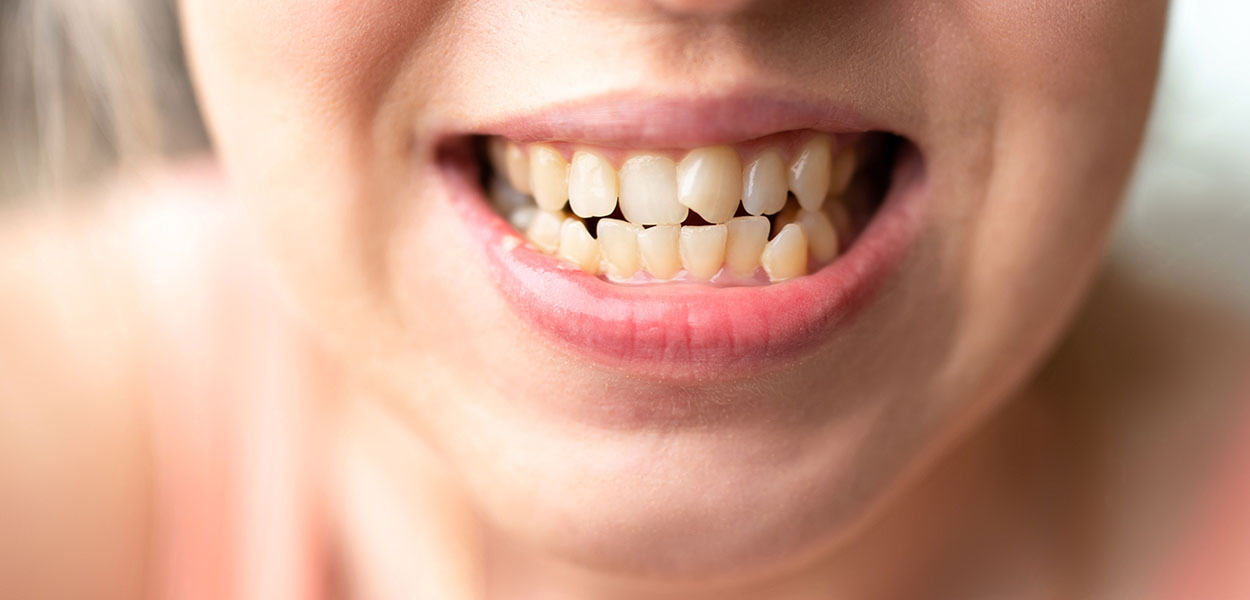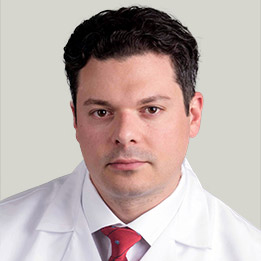Oh No – I Think My Teeth Are Shifting!

Grayslake, IL – Some people find that one day they look in the mirror and notice a smile that looks slightly off. Even if you’ve undergone orthodontic treatment at some point in your life, you may find that as you age your smile starts to shift slightly. This is completely common, and fixable.
“Many people get orthodontic treatment at some point in their adolescence,” says Dr. Michael Stosich. “While this can correct a problem and provide you with a beautiful smile, that doesn’t mean that your smile won’t alter as you age. While most of the main issues orthodontists treat develop as the smile is developing, minor tooth shifting occurs throughout our lives. So, it’s not uncommon for you see a smile that is altered from how you picture it.”
But why do our teeth shift? Dr. Stosich explains.
Periodontal disease
Periodontal disease is incredibly common – in fact, the CDC states that 47.2% of adults over the age of 30 have some form of periodontal disease. That number increases to more than 70% for adults over the age of 65.
Periodontal (gum) disease is treatable, but in its most severe form can cause teeth to loosen from their location, which can cause them to shift. It can even lead to tooth loss, which can affect your bite.
Natural wear and tear
Think about the toll taken on your teeth in any given day, and then add that up over your lifetime. Chewing and biting, grinding, clenching – these can all wreak havoc on our smiles over time. People who are prone to stress or who carry tension in their jaws may be more prone to grinding and clenching their teeth. This can lead to breakdown of the enamel of the teeth, and sometimes even chipping, cracking or breaking. This can end up leaving our bites feel different.
Poor oral health
Dentists and orthodontists discuss the importance of proper oral care for a reason – because we want your smile to last! Decay and gum disease can damage your smile and bite. But not only that, your oral health has a direct effect on your overall health, so it’s important to brush, floss, and maintain regular visits with your dentist.
Age
Think about what happens to the rest of your body as you age – your smile isn’t immune to aging difficulties. Our teeth will naturally tend to shift inward and forward as we age. It’s normal, but can still be frustrating, especially if you’ve already undergone orthodontic treatment as some point in your life. Our lower jaws continue to grow forward for our entire lives, and even thought this growth is incredibly small, it still alters our bite. Additionally, our lower jaw also tends to narrow as we age, which can make your lower teeth appear more crowded.
Not wearing your retainer as advised
Orthodontic treatment creates a more beautiful smile and harmonious bite, but the work doesn’t stop the day your braces come off. You have to continue to wear your retainer to ensure your smile doesn’t start to shift. Retainer wear is crucial in the first months after treatment as the ligaments and tissues in your mouth are stabilizing and solidifying the teeth in their new locations. The best way to ensure your smile looks as great as it did the day your braces came off is to continue to wear your retainer.
So, how can you reverse these issues? Your first step is to schedule an appointment with a certified orthodontist like Dr. Stosich. Your orthodontist will be able to determine the extent of your issue and the best way to treat it. Your orthodontist will also be able to diagnose bruxism (tooth grinding) that may be contributing to your bite issues. He or she can recommend ways to protect your teeth, including fitting you for a nightguard to prevent further tooth wear.
It is important to remember that while your shifting smile may have seemed to come out of nowhere, it won’t get corrected without intervention. Adult orthodontics is more common than ever before, and Dr. Stosich has a host of treatment options available to help – from cutting edge metal braces to clear aligners and everything in between.
“It’s easier to correct issues when they are first noticed because they most likely won’t require extensive correction,” says Dr. Stosich. “As soon as you notice your bite is off or you see some crowding or spacing that you’ve never noticed, it’s important to schedule a consultation with an orthodontist. These issues only compound and worsen over time, so it’s best to catch the problem early.”
If you’re ready to take back your smile, call Dr. Stosich at Stosich Consulting at847-548-4200 (Grayslake) or 224-408-2200 (Kenilworth).


